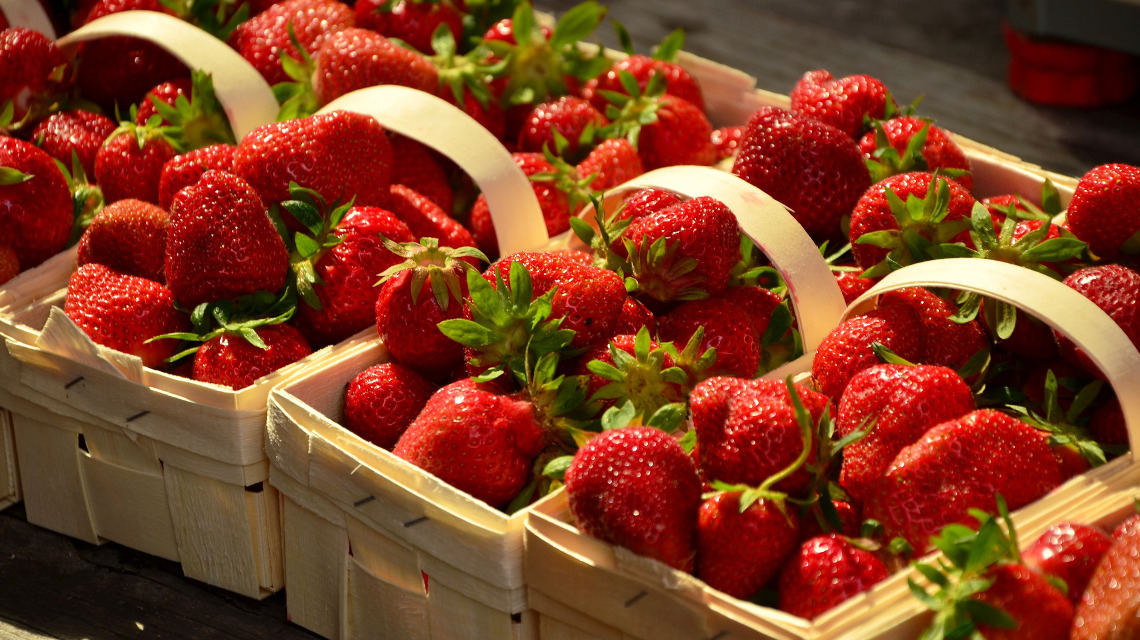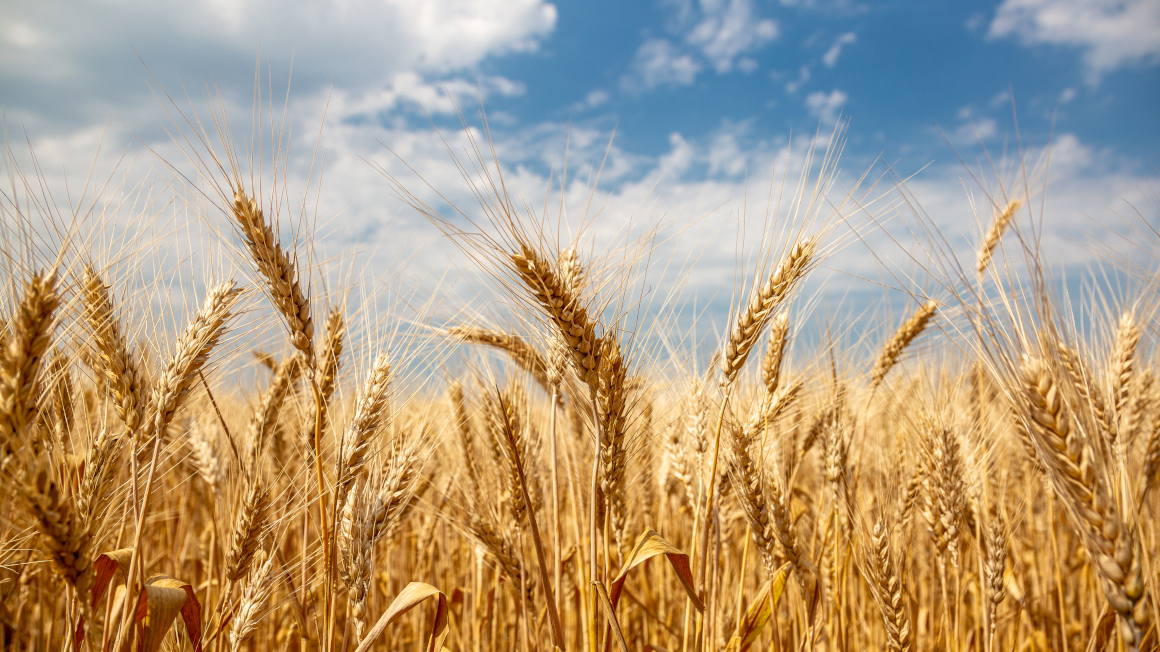Strawberry allergy: it' s all about the variety
Munich natural product researchers have investigated and identified allergenic proteins in strawberries and tomatoes: The variety of fruit determines the allergy potential.

Be it hay fever, strawberry or cat hair allergy: more and more people are suffering from allergies. According to a study by the Robert Koch Institute, around 30% of adults and 20% of children and adolescents in Germany are allergic. Frequently, those affected even suffer from several allergies. While chronic colds can be treated quite well with medication, people who react sensitively to food can only protect themselves by doing without. About three to four percent of adults and five percent of children are affected.
Specific allergens of strawberry and tomato varieties
A team from the Technical University of Munich has now investigated the allergy potential of different strawberry and tomato varieties in more detail. The natural product researchers wanted to know which varieties contain fewer allergens, but also to what extent cultivation or preparation methods play a role. As the scientists report in the specialist journals "PlosOne" and "Nutrients", the allergy potential depends on the variety.
Strawberry allergens resemble birch pollen allergens
Previous studies have shown that there are several proteins in both strawberries and tomatoes that can trigger allergic reactions. These include proteins that are similar to the main birch pollen allergen and can therefore lead to birch pollen-associated food allergy. This means that 30% of people who suffer from birch pollen allergy also react sensitively to strawberries. Symptoms such as irritated mucous membranes, colds or even stomach pains are particularly noticeable when strawberries or tomatoes are eaten fresh and uncooked.
Variety determines allergy potential
A team led by Wilfried Schwab from the Chair of Natural Product Biotechnology at the TUM has now quantified important allergenic proteins in the various strawberry and tomato varieties in two studies. They concentrated on the protein Sola l 4.02 in tomatoes and the Fra a 1 protein in strawberries. In order to analyse the genetic factor for the expression of the allergenic protein in the fruits, 23 tomato varieties of different colour, shape and size and 20 strawberry varieties of different size and shape were examined. The influence of organic or conventional cultivation and processing methods such as drying the fruit in the sun, oven or freeze dryer on the allergy potential was also taken into account.
Markers for breeding allergen-free varieties
According to the study, the allergen content of tomatoes and strawberries varied greatly between varieties. It was also found that fruits that were exposed to high heat during drying had a lower allergy potential. The growing conditions, on the other hand, had only a minor influence on the formation of allergens in the varieties studied.
A first step has been taken towards the cultivation of allergen-free tomato and strawberry varieties. With the two proteins Sola l 4.02 and Fra a 1, the Munich researchers are providing two promising markers for this.


